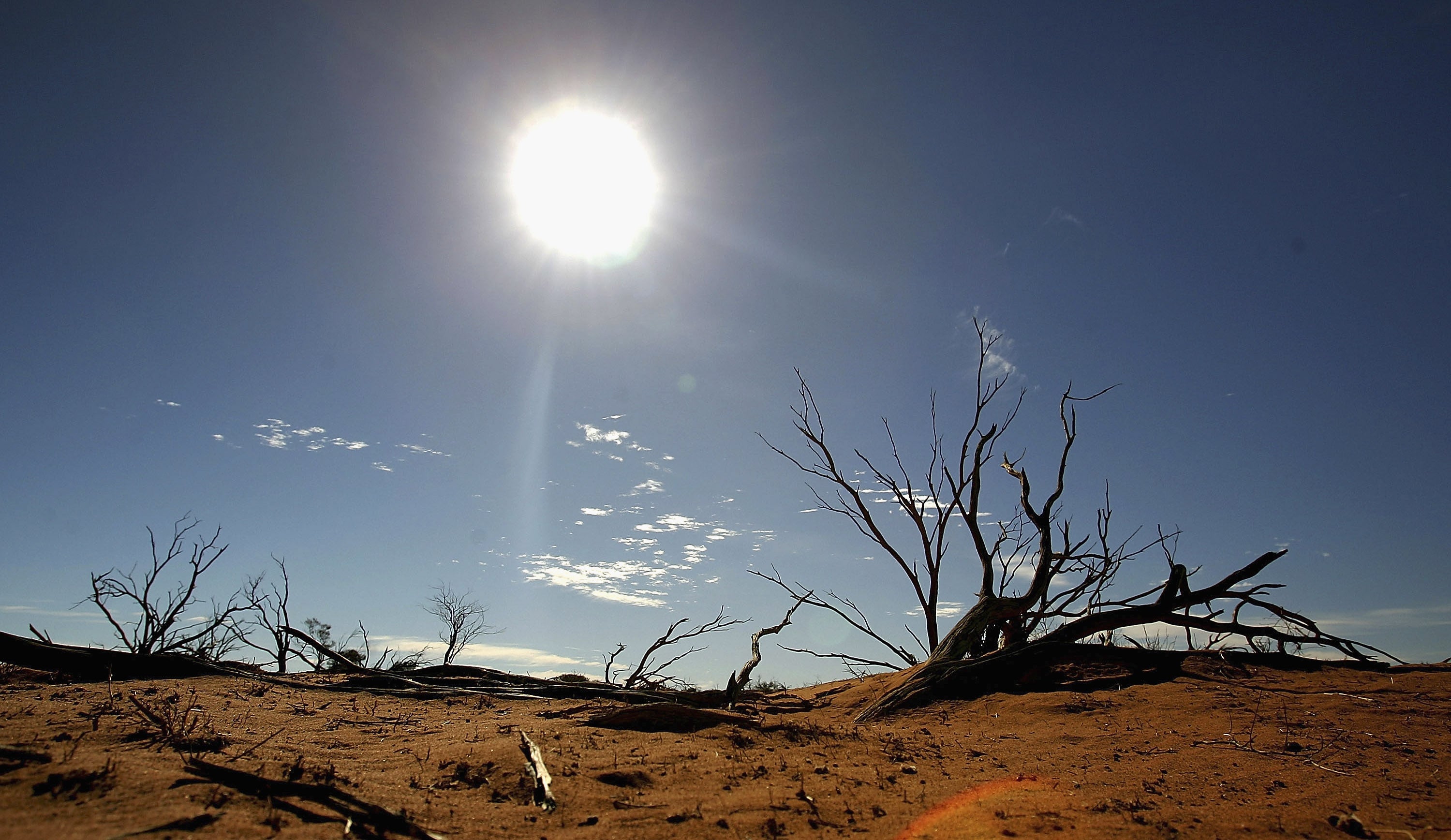Cop26: What does the 1.5C target mean and why does it matter?
Meeting of world leaders has been billed as last best chance to keep global temperature rises to no more than 1.5C

Thousands of people are set to descend on Glasgow within days for the Cop26 climate summit.
The meeting of world leaders has been billed as the last best chance for countries to commit to dramatically reducing their planet-heating emissions.
The aim is to keep global temperature rise to 1.5C since pre-industrial times, or “well below” 2C. Currently, the world has heated about 1.1C.
Here we take a look at why that is important and whether it will make a difference.
What is the significance of 1.5C?
When the Paris Agreement - the global treaty on climate change - was negotiated in 2015, there was a strong and ultimately successful push by nations such as low-lying islands to include the 1.5C target in the deal because they felt letting temperatures go any higher would threaten their survival.
As a result countries pledged to keep global temperature rises to well below 2C above pre-industrial levels and pursue efforts to limit warming to 1.5C over the long-term.
Will limiting temperature rises to 1.5C really make a difference?
Yes, according to a special report by the UN’s climate science body, the Intergovernmental Panel on Climate Change (IPCC), in 2018.
It found a 2C rise would lead to more heatwaves, extreme rainstorms, water shortages and drought, greater economic losses and lower crop yields, higher sea levels and greater damage to nature.
In one of its most sobering findings, the report said coral reefs would decline by 70-90 per cent with global warming of 1.5C, but would all but vanish in a 2C world.
The latest report from the IPCC this summer - described as a “code red for humanity” - also warns that every additional 0.5C temperature rise leads to clear increases in the intensity of heatwaves, rainstorms and flooding, and droughts in some regions.
With the world already experiencing more damaging climate extremes at 1.2C of warming, 1.5C is not seen as a safe level, but things get much worse if it goes above that.
Is it game over if the world warms by more than 1.5C?
No. Scientists say the 1.5C or 2C thresholds are not cliff edges that the world will fall off, but that every bit of warming makes a difference, so it is important to curb temperature rises as much as possible.
As Professor Richard Betts, from the Met Office Hadley Centre, puts it: “Like the speed limit on a motorway, staying below it is not perfectly safe and exceeding it does not immediately lead to calamity, but the risks do increase if the limit is passed.
“Limiting warming to 1.5C clearly needs much more urgent emissions cuts than is currently happening, but if the target is still breached we should not assume all is lost and give up - it will still be worth continuing action on emissions reductions to avoid even more warming.”
Are we off track to meet a 1.5C limit?
Yes, way off track. The 2018 IPCC report said to limit temperature rises to 1.5C the world would have to cut carbon emissions by 45 per cent on 2010 levels by 2030, and to net zero - with any remaining pollution absorbed by measures such as planting trees - by 2050.
But the latest assessment from the UN shows the national plans for cutting emissions put forward by countries under the Paris Agreement would lead to a 16 per cent increase in emissions on 2010 levels by the end of the decade.
Other analysis suggests that even with the latest pledges and targets, we are heading for around 2.4C of warming.
Glasgow isn’t going to change that, is it?
Some countries have still not brought forward more ambitious, updated climate plans as they have promised to do, but even with those, there will still be a gap between the 1.5C goal and the action needed to get there.
Cop26 President Alok Sharma has said he wants the summit to keep the 1.5C target within reach - “keeping 1.5 alive”.
Because of the way that climate-warming emissions build up in the atmosphere, we cannot carry on as we are and think we can do more later, so keeping the 1.5C target within reach is going to take an awful lot of action between now and 2030.
The hope is there will be a negotiated outcome - a formal agreement by countries - from the talks that sets out how the gap will be closed and spurs further action in the next decade.
Cop26 will also be focusing on areas such as ending the use of coal, moving to selling only ultra-low emissions cars, ending net deforestation, and curbing the powerful but short-lived greenhouse gas methane.
That is because while targets and agreements are important, it is action that counts.
PA
Subscribe to Independent Premium to bookmark this article
Want to bookmark your favourite articles and stories to read or reference later? Start your Independent Premium subscription today.

Join our commenting forum
Join thought-provoking conversations, follow other Independent readers and see their replies